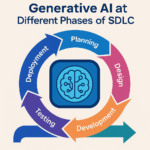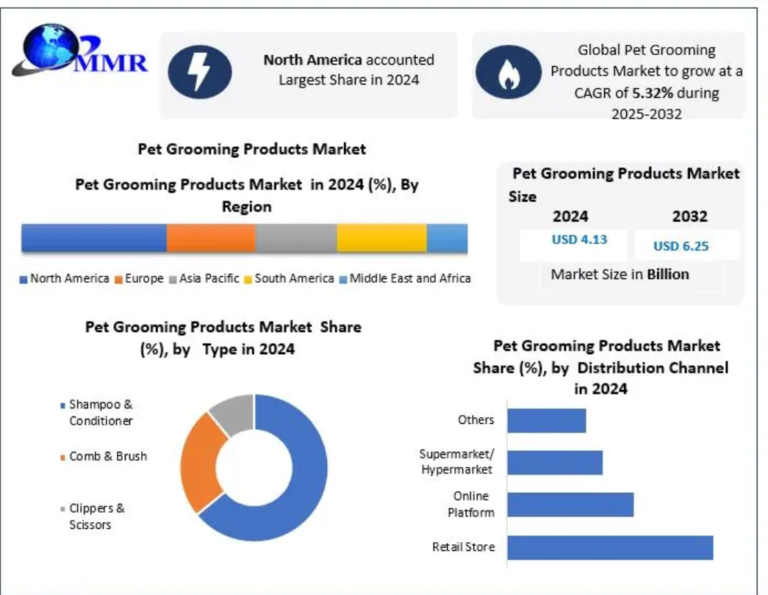Introduction: AI’s Transformative Role in Modern Software Development
The software development landscape has evolved rapidly over the past decade, with artificial intelligence emerging as a game changer in how applications are designed, built, tested, and deployed. The software development life cycle (SDLC), once reliant solely on human expertise and manual processes, is now increasingly powered by intelligent technologies that streamline tasks, reduce errors, and enhance product quality. AI integration into SDLC offers businesses improved efficiency, faster delivery times, and significant cost savings. According to recent research, over 70 percent of organizations implementing AI in their development processes report measurable improvements in productivity and software reliability. India has become a major hub for AI-driven software solutions, offering both technical talent and cost advantages. By 2030, the global market for AI in SDLC is expected to exceed USD 40 billion, highlighting the growing adoption of these technologies. As businesses navigate this digital age, understanding the benefits of using AI in SDLC is crucial to remaining competitive and resilient.
How Is Gen AI in Software Development Accelerating Productivity?
One of the most noticeable impacts of AI in the software development life cycle is how generative AI is revolutionizing productivity and automation. Gen AI in software development enables teams to automate repetitive coding tasks, generate test cases, and even suggest optimized code structures. This not only speeds up development cycles but also ensures that the final product is more robust and error-free. In fact, a recent McKinsey study revealed that companies utilizing generative AI report a 30 percent faster time-to-market compared to traditional methods. India, known for its deep software engineering expertise, is leading the adoption of Gen AI tools, helping businesses worldwide access affordable, high-quality development services. Platforms such as V2Soft’s SANCITI AI have further advanced this by integrating intelligent code review and predictive error detection features. As more companies embrace generative AI, the software development process is set to become more streamlined, efficient, and aligned with evolving market demands.
Discover more about Gen AI in Software Development and its role in reshaping the industry.
Why Is AI in Software Development Life Cycle Key for Innovation?
The adoption of AI in software development life cycle is fast becoming a key driver of innovation. AI technologies provide actionable insights, automate quality checks, and enable predictive analytics, all of which help teams build better software in less time. Businesses leveraging AI throughout the SDLC are seeing improvements in code quality, reduction in bugs, and enhanced collaboration between development and operations teams. A Gartner report suggests that AI-integrated SDLC frameworks can reduce software defects by up to 50 percent while shortening project timelines by nearly 20 percent. Indian IT service providers have been at the forefront of delivering AI-enabled SDLC solutions that combine technical excellence with cost savings. This combination has made India a preferred destination for companies looking to innovate faster and smarter. V2Soft’s SANCITI AI platform exemplifies how AI is transforming every phase of the SDLC, from design to deployment, offering organizations new ways to accelerate their digital transformation journey.
Explore how AI in Software Development Life Cycle is shaping the future of software engineering.
 How Does Generative AI Change Software Development Processes?
How Does Generative AI Change Software Development Processes?
AI’s impact on the software industry goes beyond just automation. Generative AI change software development by introducing new ways for teams to approach problem-solving, coding, and testing. Generative AI tools can draft code snippets, suggest architectural improvements, and even help in documentation. This not only reduces the workload of developers but also ensures consistency across large-scale projects. A comparative analysis shows that Indian software firms integrating generative AI technologies have delivered projects 25 percent faster than their US counterparts, while maintaining higher levels of code accuracy and compliance. V2Soft, for example, has successfully implemented generative AI models in client projects to enable faster prototyping and reduce debugging cycles. As more companies recognize the strategic benefits of generative AI, its adoption will likely become a standard practice in global software development.
Learn more about how Generative AI Change Software Development across industries worldwide.
Why Is AI in SDLC Transforming Software Development Practices?
The integration of AI in SDLC is transforming how software is designed, developed, and maintained. AI-driven systems can predict potential failures, automate code reviews, and enable intelligent resource allocation, which reduces human error and enhances project outcomes. According to IDC, enterprises that embed AI in their SDLC achieve up to 35 percent reduction in development costs, alongside improvements in security and compliance. Indian firms, with their strong AI capabilities and cost advantages, are playing a key role in this transformation. V2Soft’s SANCITI AI has introduced features such as intelligent testing frameworks and automated security scans, helping businesses accelerate their development cycles while mitigating risks. When comparing India with countries like the US, it becomes evident that Indian firms are not only cost leaders but also technological pioneers in AI-enabled SDLC. As organizations strive for faster, more secure software delivery, AI’s role will become increasingly central.
Understand why AI in SDLC is revolutionizing software engineering processes globally.
How Does AI Strengthen Quality Assurance and Testing in SDLC?
AI-powered solutions have introduced significant changes in how quality assurance and testing are performed within the SDLC. With AI, teams can automate complex test case generation, simulate various user scenarios, and predict system behaviour under different conditions. This leads to more comprehensive testing coverage and faster identification of defects. Recent studies highlight that companies using AI-driven testing frameworks achieve 40 percent faster defect detection and up to 30 percent reduction in post-release bugs. India’s software development ecosystem has embraced these advancements rapidly, enabling local and international clients to benefit from superior testing quality at competitive costs. V2Soft’s integration of SANCITI AI in testing processes has further raised the bar by offering predictive analytics that anticipate potential failures before they impact users. As AI continues to advance, its role in enhancing software quality and reliability will only grow, ensuring that applications are secure, efficient, and user-friendly.
The Global Market Outlook: India vs US in AI-Driven SDLC
The global market for AI in SDLC is projected to witness strong growth over the next decade. Current data shows that India accounts for nearly 20 percent of the global AI-enabled software development services market, a figure expected to rise further as adoption expands. In contrast, while the US leads in terms of overall technology spending, Indian service providers offer superior value by delivering innovative, AI-integrated SDLC solutions at a fraction of the cost. Indian companies like V2Soft have demonstrated their leadership by introducing advanced AI tools, including SANCITI AI, that help clients accelerate time-to-market and improve software quality. Forecasts indicate that by 2030, India’s contribution to the global AI-SDLC market will exceed 25 percent, driven by its strengths in AI innovation, skilled workforce, and flexible service models. This comparison highlights how India has become a global powerhouse in AI-driven software development, offering unmatched advantages in quality, cost, and innovation.
Future Trends: Where Is AI in SDLC Heading Next?
Looking ahead, the integration of AI into the software development life cycle will deepen, bringing even greater automation, predictive capabilities, and intelligence to every phase of development. Trends such as self-healing applications, AI-assisted architecture design, and autonomous testing frameworks are already beginning to shape the future of SDLC. Businesses that adopt these technologies early will be better positioned to innovate rapidly, respond to market changes, and deliver superior customer experiences. Indian service providers, with their established expertise in AI and software engineering, are expected to lead this next wave of transformation. V2Soft’s commitment to continuous innovation, demonstrated through its SANCITI AI platform, positions it at the forefront of these developments. As global demand for AI-enabled SDLC services grows, companies that leverage these advancements will gain significant competitive advantages, enabling them to achieve faster, smarter, and more resilient software delivery.
Conclusion: Unlocking New Possibilities with AI in SDLC
In conclusion, the benefits of using AI in SDLC are clear. From improving productivity and code quality to enhancing security and reducing costs, AI offers transformative potential at every stage of the software development process. India’s emergence as a global leader in AI-driven software development, combined with cutting-edge solutions like V2Soft’s SANCITI AI, provides businesses worldwide with the opportunity to achieve greater efficiency and innovation. As AI continues to shape the future of software engineering, organizations that embrace these technologies will be well-equipped to succeed in a rapidly evolving digital world.
Have Questions? Ask Us Directly!
Want to explore more and transform your business?
Send your queries to:
vtusoftbglr@gmail.com / info@v2soft.com





